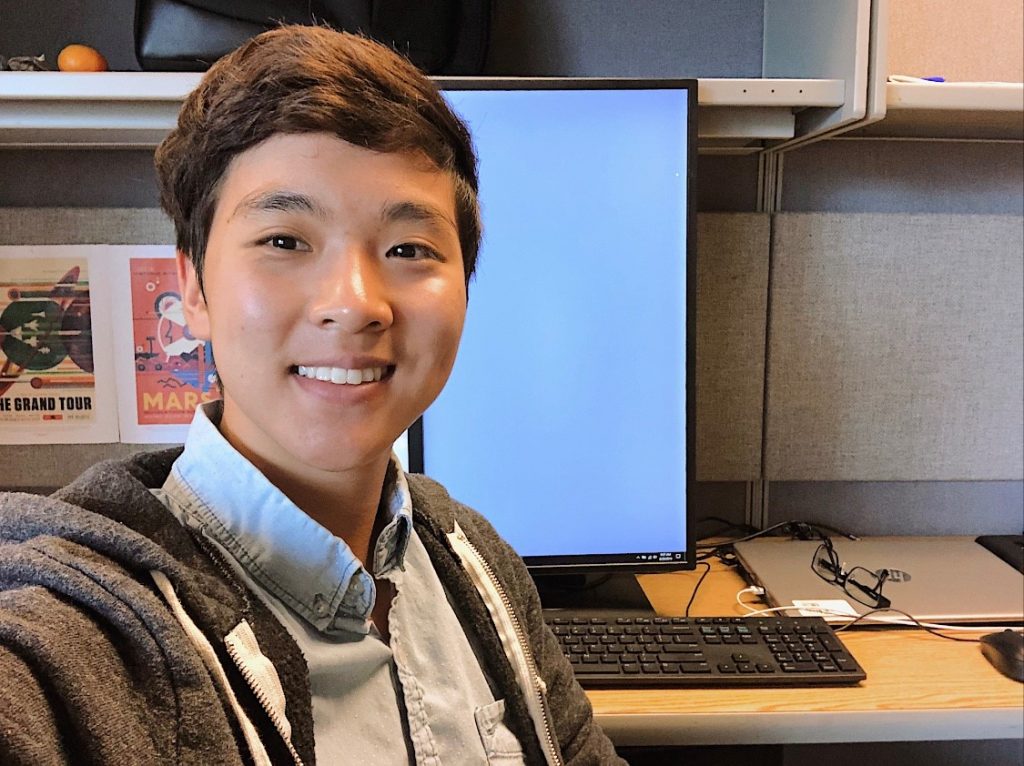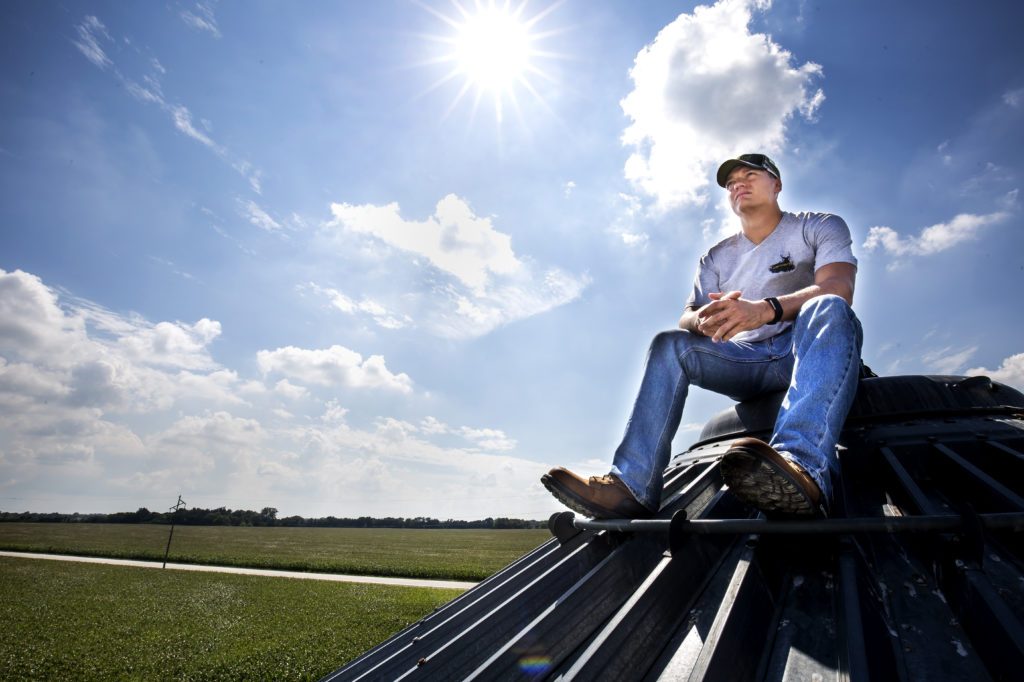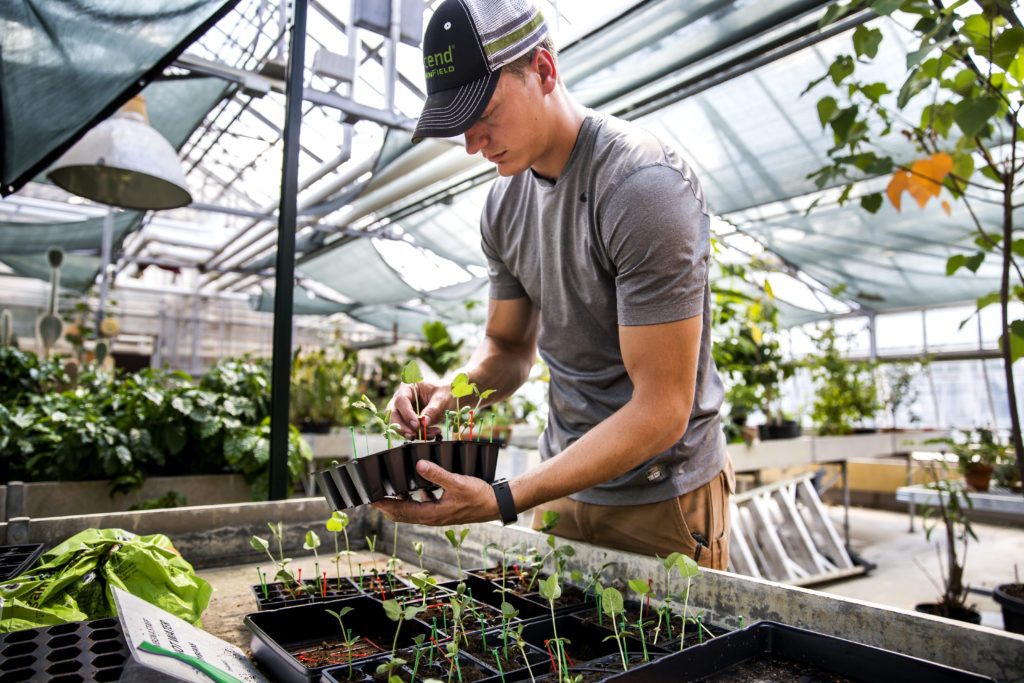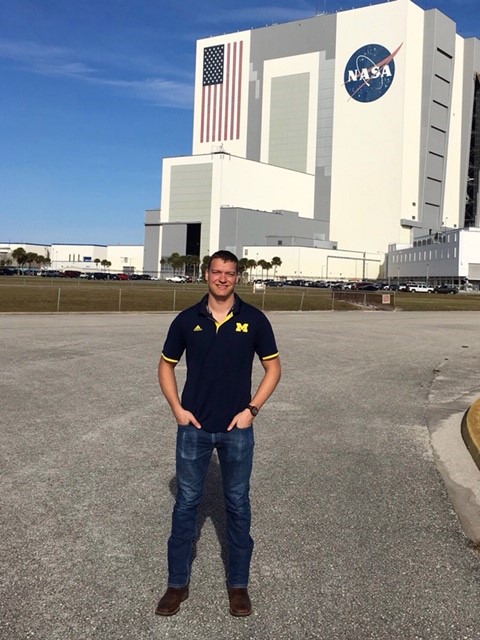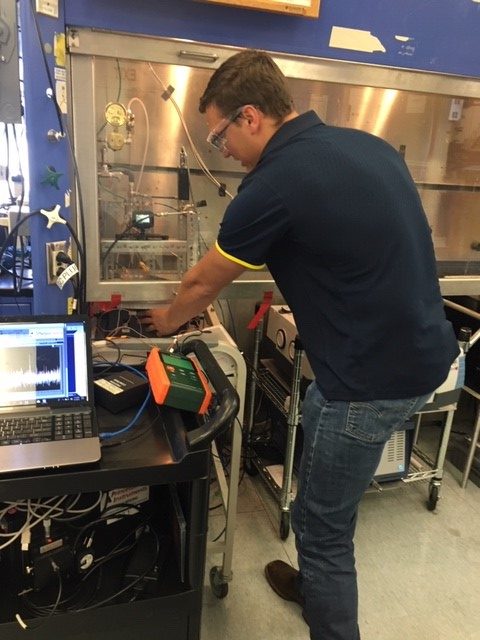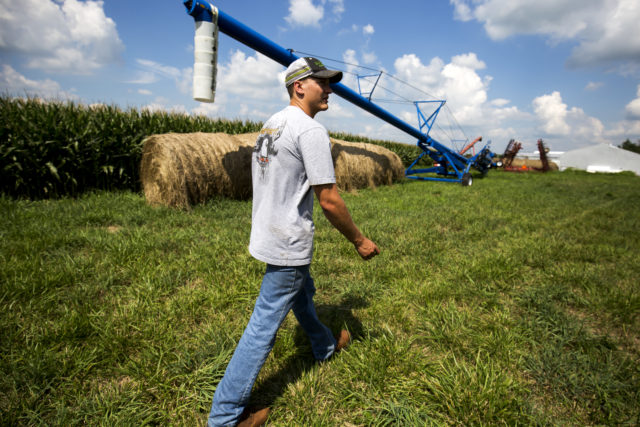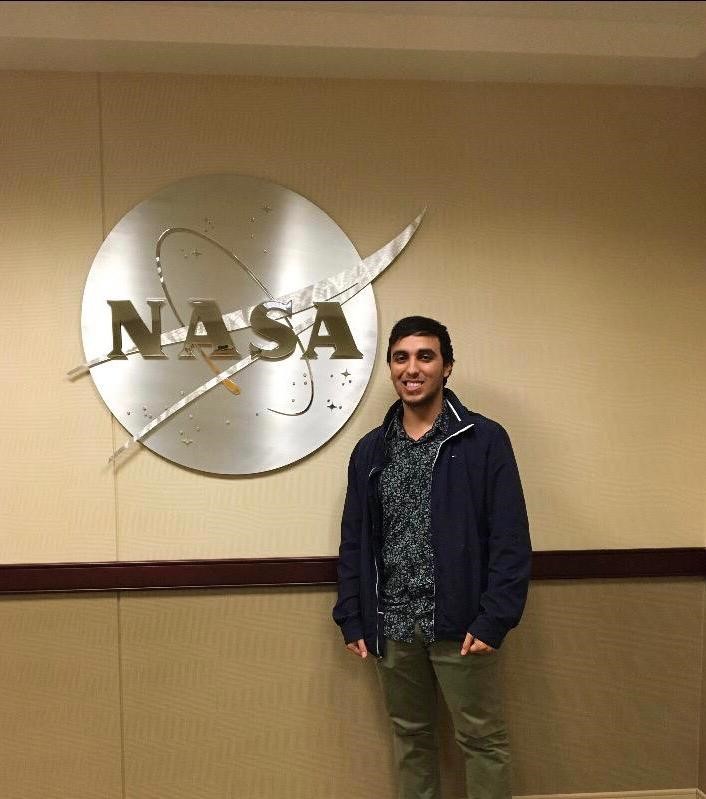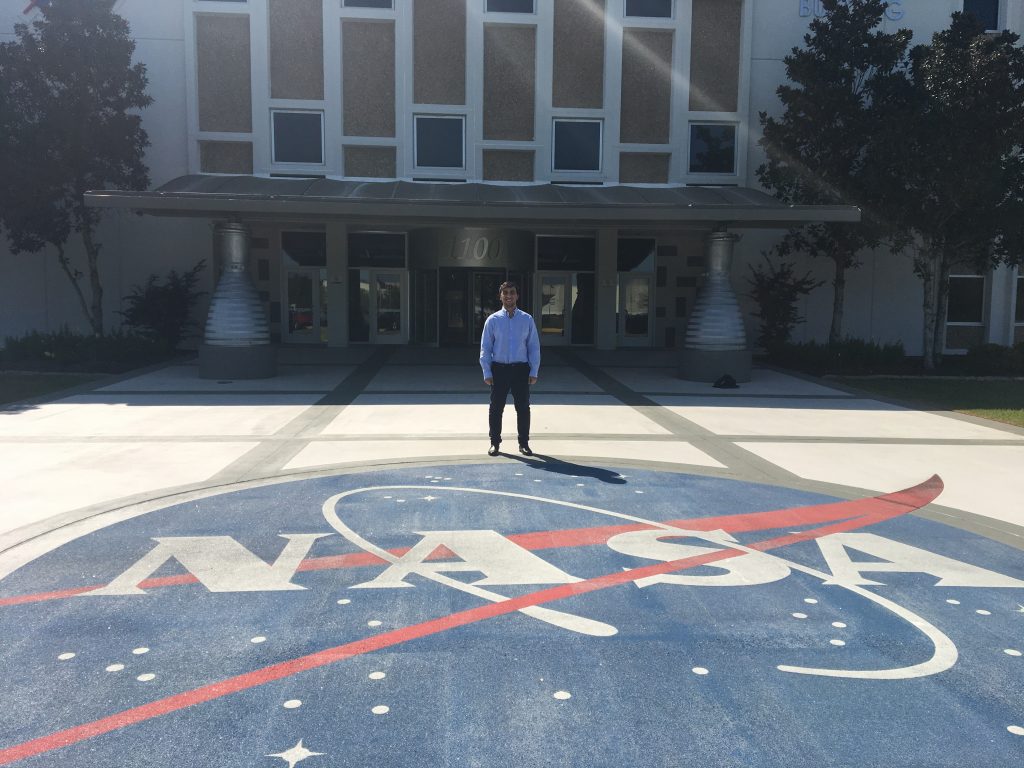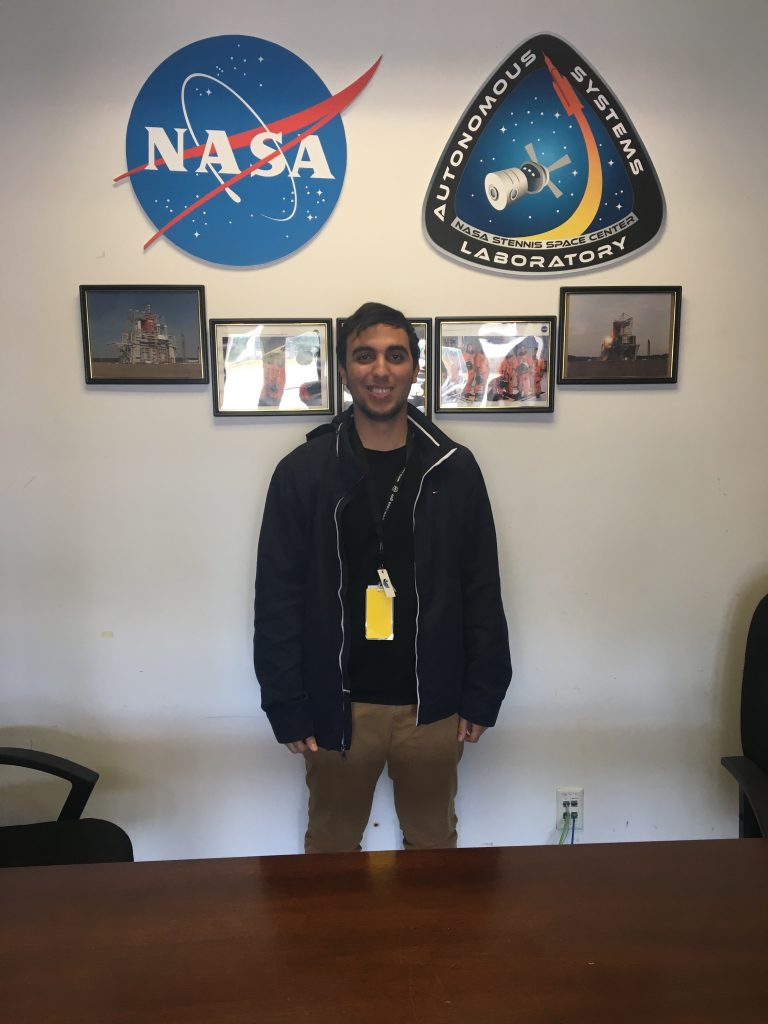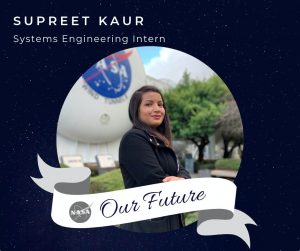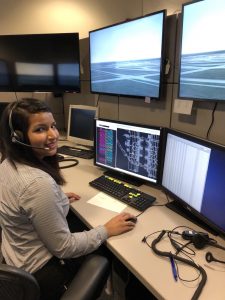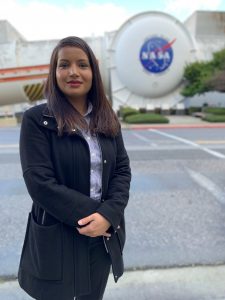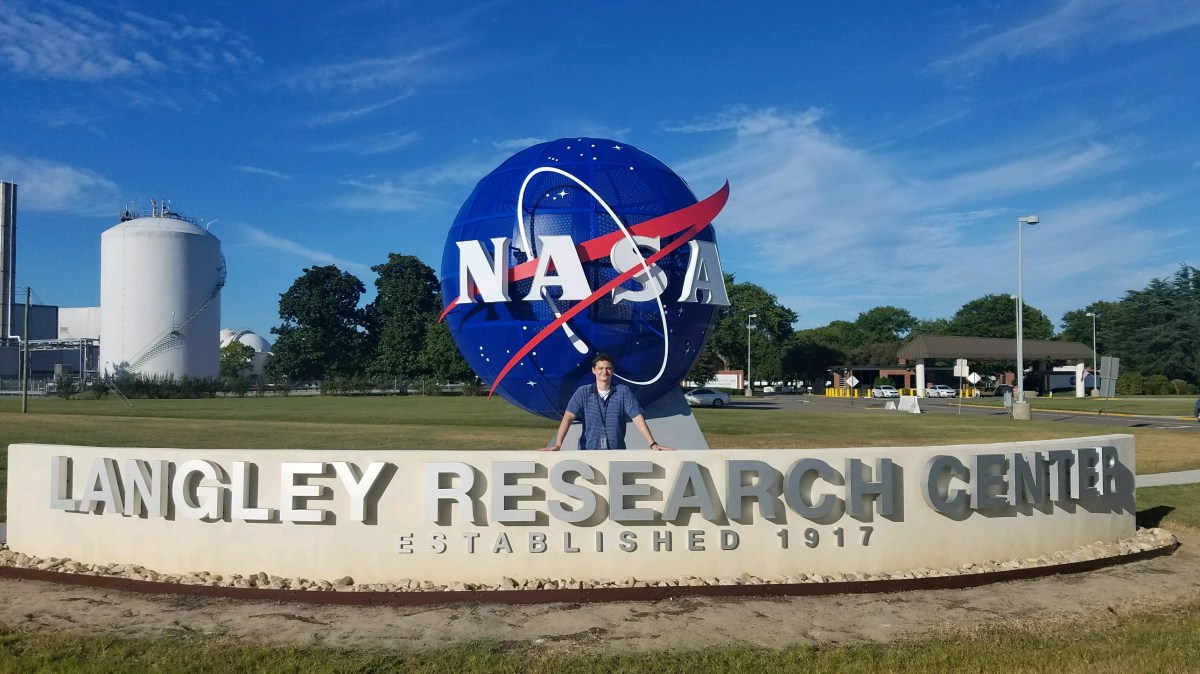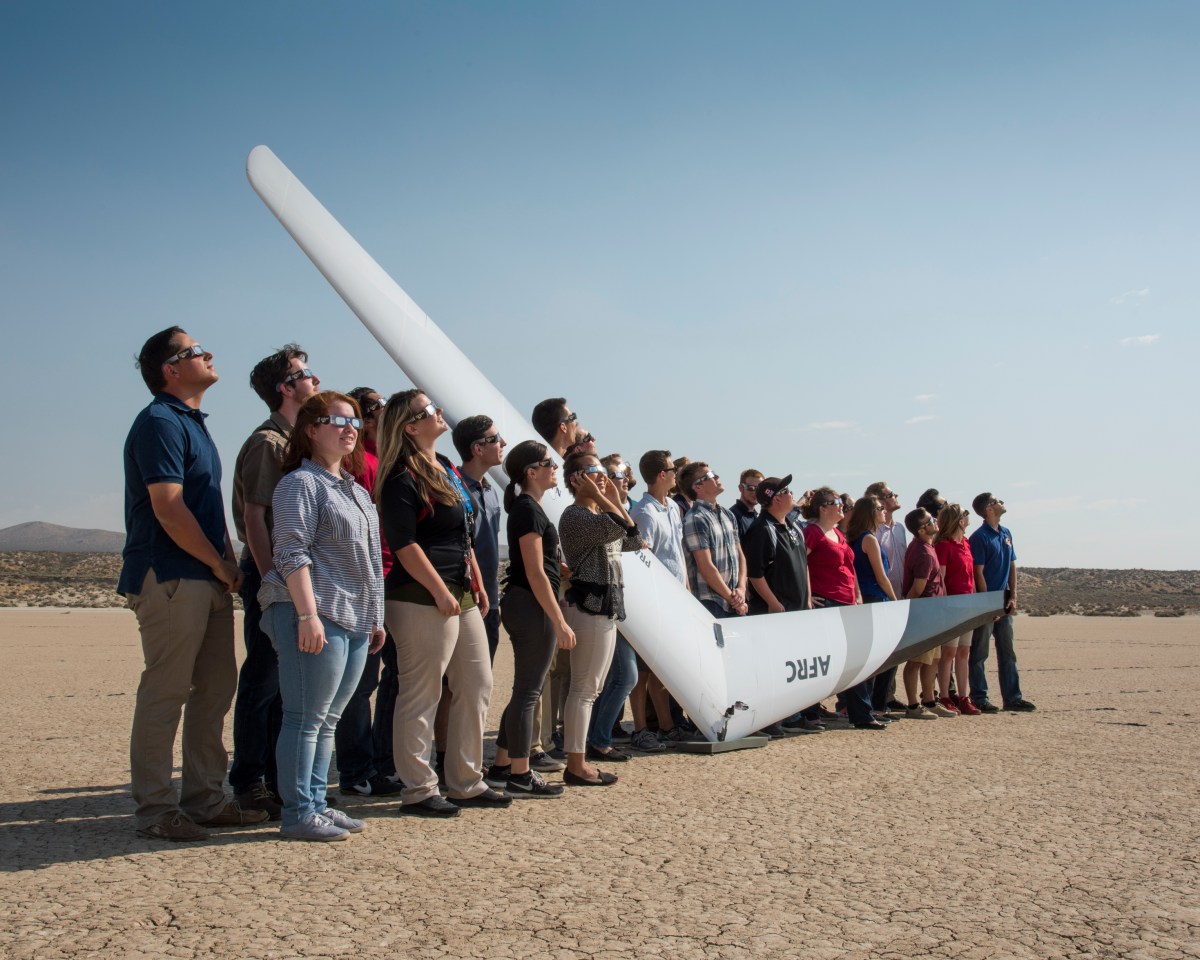By Vanessa Rincon
National STEM Day 2019 Edition

My experience at NASA has truly been unique, shaping me into who I am and teaching me a variety of different things on a daily basis. Right now, I don’t really have a single project, as I’m helping with many of them. I currently work as a Spanish journalism, multimedia, and social media intern, helping with the Spanish science communications at NASA. This doesn’t just have to do with the translations of the different missions, but also the Live Shots programs and other projects that involve the Hispanic community.

This was not always easy for me. One of the biggest challenges throughout my three internships here at Goddard was being able to communicate in English, coming from a place where my first language was Spanish. Coming to Goddard, everything around me was in English, and it was my first time working in a place in which everything was in a completely different language. However, I was able to create content in Spanish, even though my relationships, communications, and interactions with other coworkers are completely based upon my knowledge of the English language. This was truly a goal for me, and it started out as a challenge, but I ended up working hard because of how I wanted to be able to communicate effectively in both languages.

I began here by participating in the summer poster session, which is a project that is meant to expand NASA’s science communications in Spanish. This project was based upon research that my co-mentor, Maria-Jose, worked on in 2011, and throughout the summer of 2018, we worked on finding funding for this project. We were able to start a proposal that created a pilot project that helped centralize the NASA Spanish communications, and were able to focus on a business structure that was feasible enough to where we could find the money needed to fund it. At this point, my mentor and co-mentor worked closely with me, allowing for me to win the Star Award in the Functional Services Division here at Goddard, then allowing for the project to be approved in April of 2019. All of this eventually led up to me taking my fall internship, and I have continued to put effort into my projects to truly make things come true for me.

One of the greatest things that I continue to learn from my mentor and co-mentor, as well as subject matter experts, is how communications are consistently evolving and being reinvented. These are people who are always open to help me and push for me to improve, and they show me that it is worth it to be perseverant on what I want to accomplish and obtain.
Visiting a NASA center for the first time when I was 11 years old, I felt that I would never be able to find a place here because of how my interests were not aligned neither with science nor with engineering. I quickly discovered in college that this was wrong, and that the company did match my professional interests, pushing for me to apply for my internship. Eventually, I was contacted about an opportunity in which the agency was seeking someone who spoke Spanish, and from that point onwards, I have worked to where I am currently in my third internship with NASA, hoping to someday work for NASA professionally. My advice to future interns is: Believe in yourself and try new experiences! Sometimes you are going to feel desperate because you don’t know where you fit. But these experiences help you discover what things you like the most and where you see yourself in the future.
Are you interested in STEM communication? Consider applying to a NASA internship! You can find Summer 2020 intern projects at intern.nasa.gov. The Summer 2020 application deadline is March 8, 2020. Start your intern journey today! #NASAinterns #NationalSTEMDay

